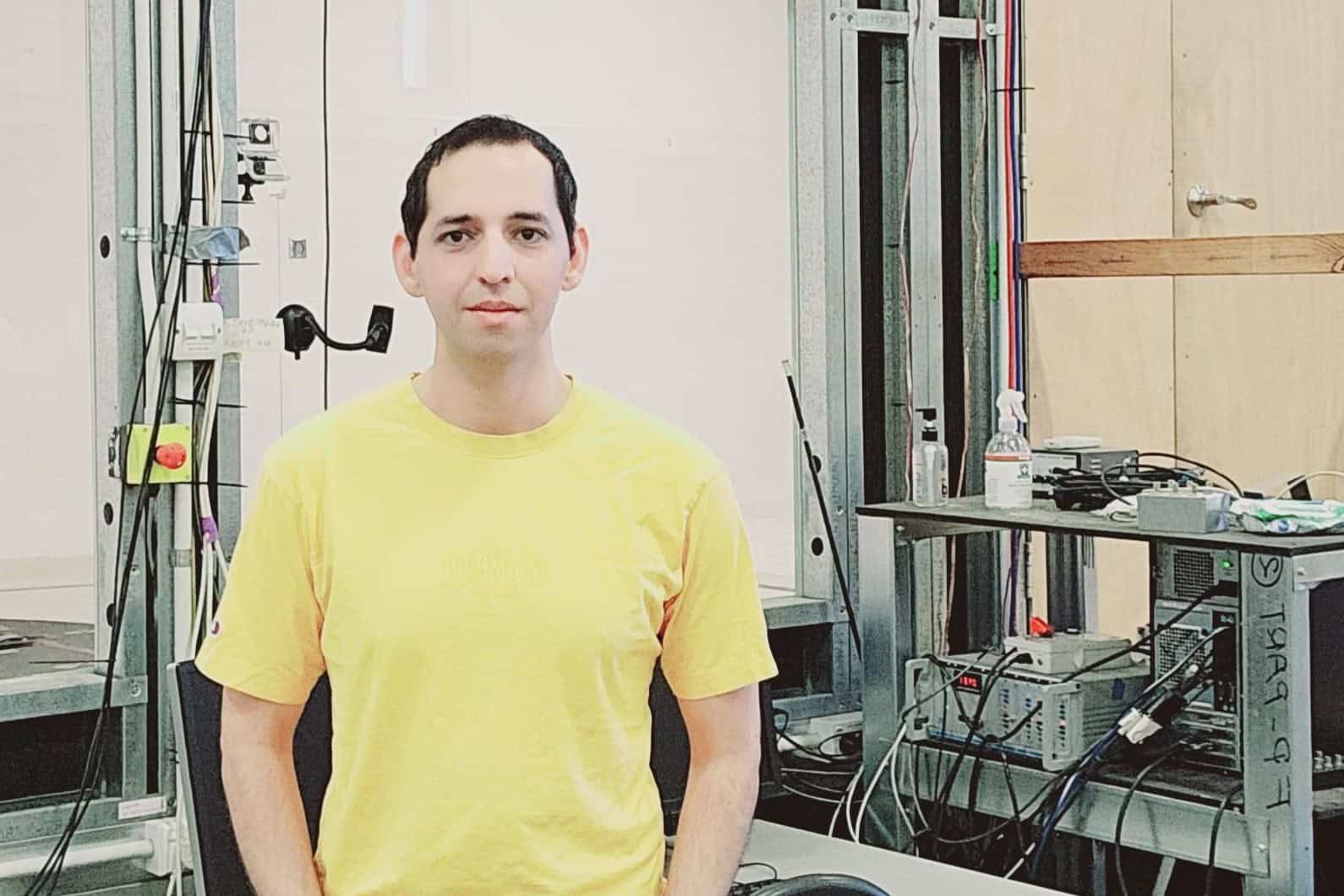Mehrdad is a postdoctoral researcher at the University of Auckland with specialized expertise in mechatronics and data science. His role was with the Resilience Challenge Weather and Wildfire programme is within the “Quantification of Wind, Snow, and Ice Loading on New Zealand’s Transmission Line Network During High Impact Weather Events” project, a collaboration partnering with the University of Auckland, WSP, NIWA, and Transpower. The work has led to the development of a predictive tool for wind, snow and ice loading on transmission lines, which can be used to inform maintenance planning and extreme weather preparation and response activities, to help keep the power on around the country.
Q. Kia ora Mehrdad. Can you tell us how you got into mechatronics and data science?
My interest in this field began during my MSc in Mechatronics Engineering at Tehran Polytechnic. I worked on several projects that utilized advanced computational techniques, including AI and ML algorithms, to improve robotic systems. This experience piqued my interest in the practical applications of data science.
While pursuing my PhD at The University of Auckland, I developed several algorithms, including an Explainable Artificial Intelligence (XAI) – based classification technique to predict heart disease. My work emphasized the importance of using data analytics in healthcare technology while ensuring that AI decisions are understandable and transparent. Since then, I have continued to apply these skills in broader professional contexts, consistently aiming to integrate data-driven solutions to enhance technological and operational outcomes.
Q. Please tell us about the Quantification of Wind, Snow, and Ice Loading on New Zealand’s Transmission Line Network During High Impact Weather Events project. What was the goal?
I feel very lucky to have been part of the Resilience to Nature’s Challenges team. Our project, ‘Quantification of Wind, Snow, and Ice Loading on New Zealand’s Transmission Line Network During High Impact Weather Events,’ focused on a detailed study of how environmental loads affect transmission lines.
Our goal was to gain a deeper understanding and estimate how different conditions of wind, snow, and ice impact the stability and integrity of the infrastructure. This involved analyzing historical weather data, using predictive modeling to foresee potential challenges, and conducting field measurements and full-scale monitoring to validate our models and improve their accuracy.
Q. What did the project involve?
The project involved several key measures designed to assess the impacts of environmental stresses on New Zealand’s transmission line network. One of the primary goals was to update our understanding of the wind loading effects on transmission lines. To this end, full-scale monitoring was conducted on a transmission line tower in Islington. Additionally, to study the span reduction factor in structural mechanics and its behavior under various wind velocities and turbulence intensities, an aluminum structure with adjustable active beams was designed and tested in a wind tunnel.
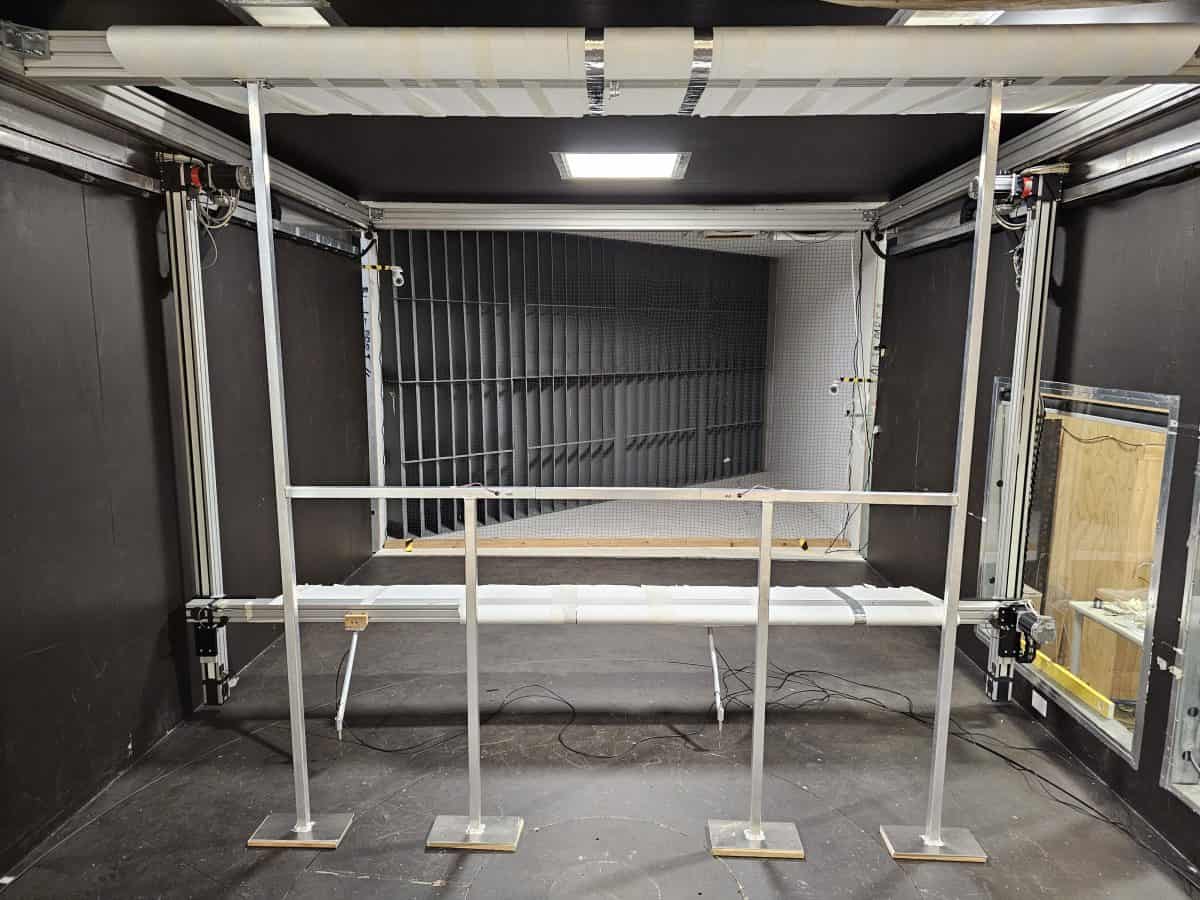
The project also included field measurements of snow and ice accretion. A measurement device was specifically designed and installed at Chateau Tongariro. Furthermore, a Deep Neural Network-based program was developed, tailored to predict ice accretion using the recorded data.
As a Mechatronics Engineer and Data Scientist in the project, my responsibilities included designing and testing the instruments, managing data collection, analyzing the data, and developing the AI model to predict ice accretion.
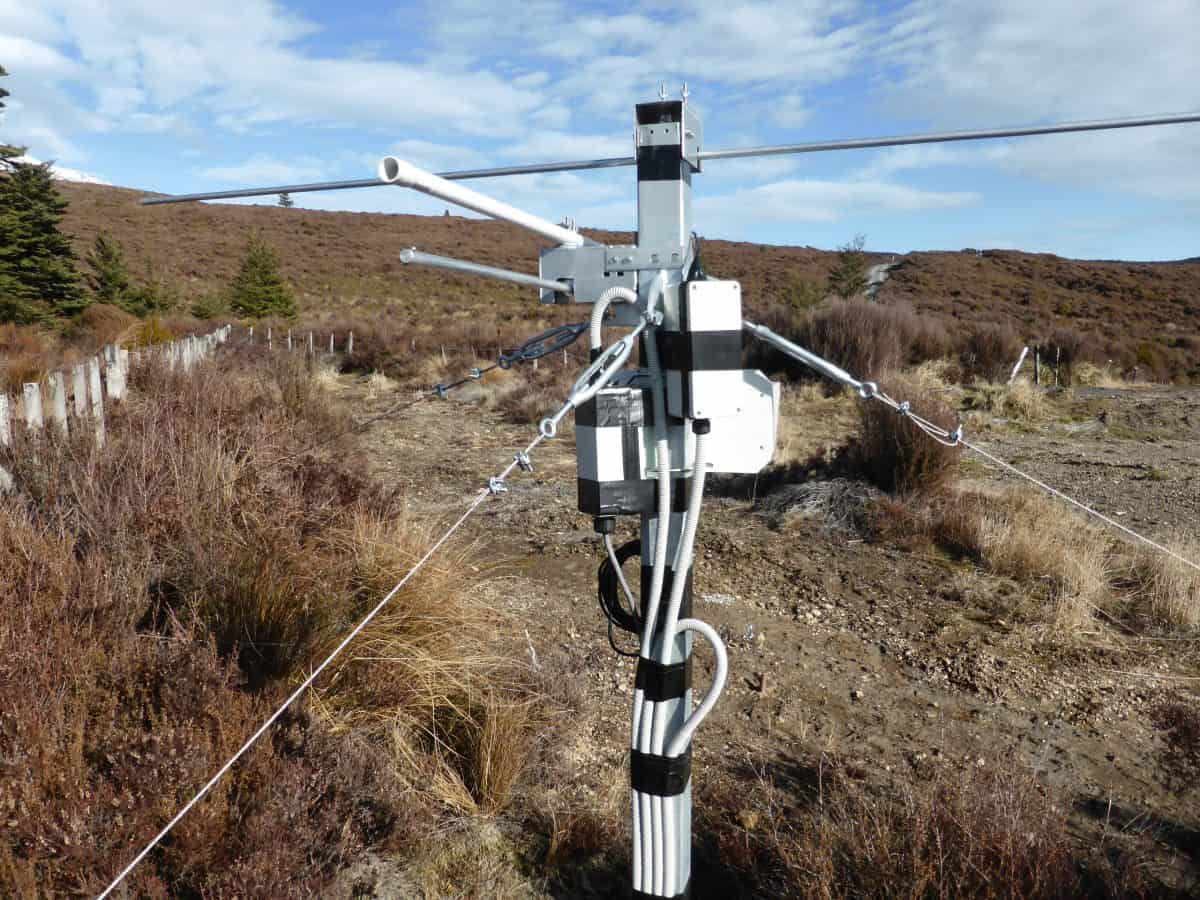
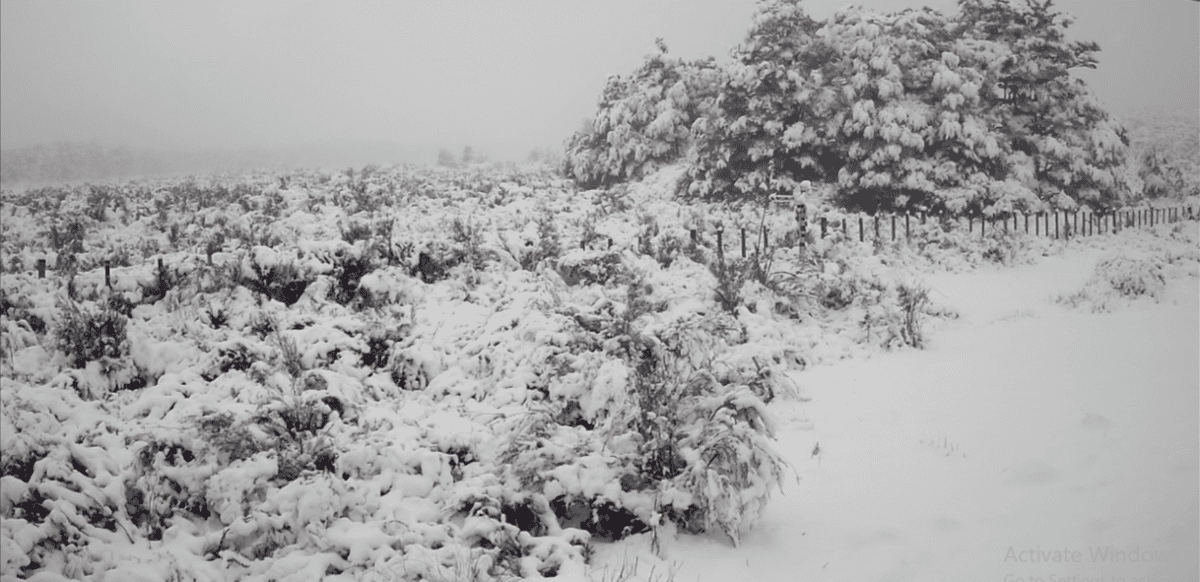
Q. What are the outcomes of the work?
We successfully developed and implemented methodologies to assess environmental impacts, including wind, snow, and ice, on transmission lines. Our findings enabled us to effectively predict snow and ice accretion using meteorological data.
Being able to predict the impact of environmental loads on transmission lines allows engineers to improve designs and prevent issues like power outages and structural failures. The predictive models we developed help guide maintenance strategies, ensuring timely and effective interventions. This not only cuts repair costs but also extends the lifespan of the infrastructure.
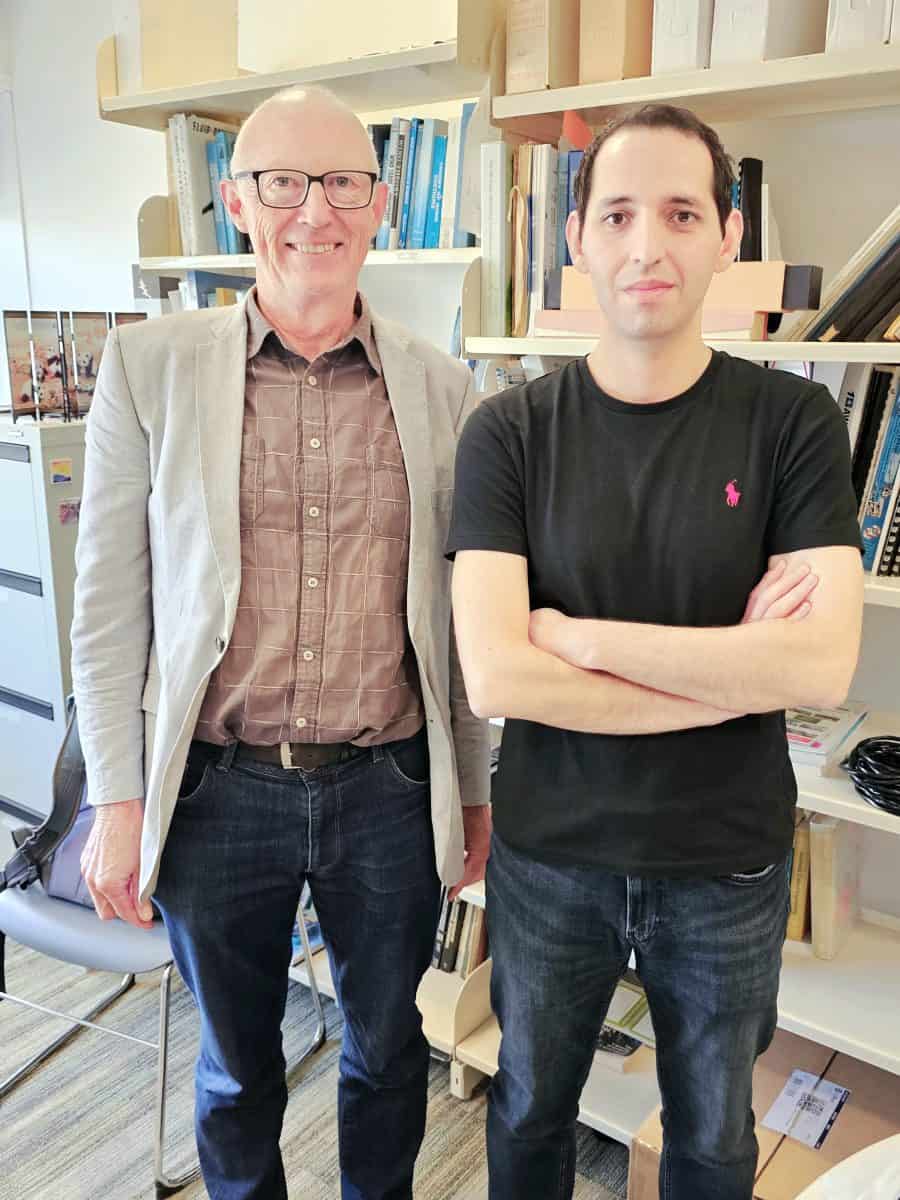
This work has been conducted as part of the Resilience Challenge’s Performance and Management of Infrastructure Networks project.
